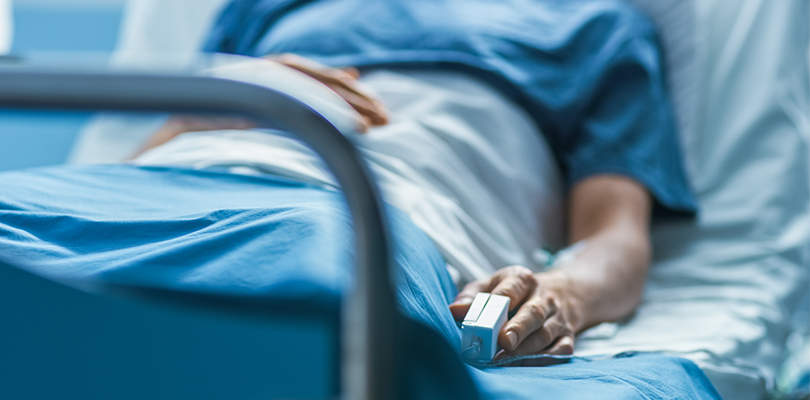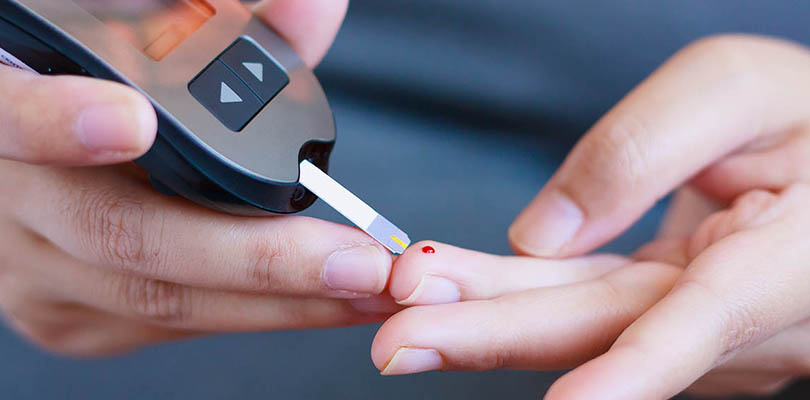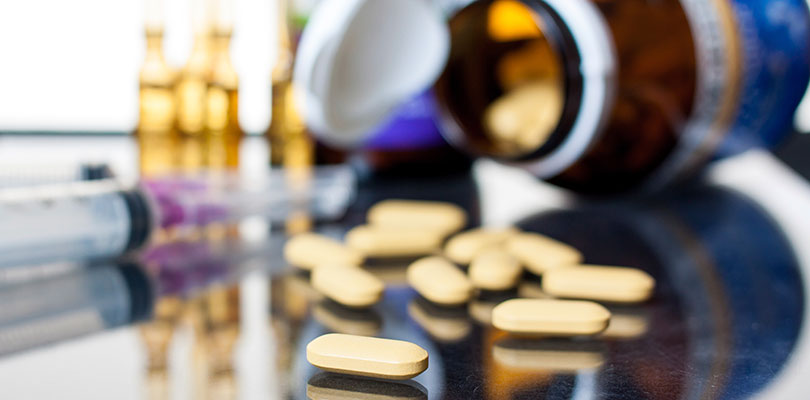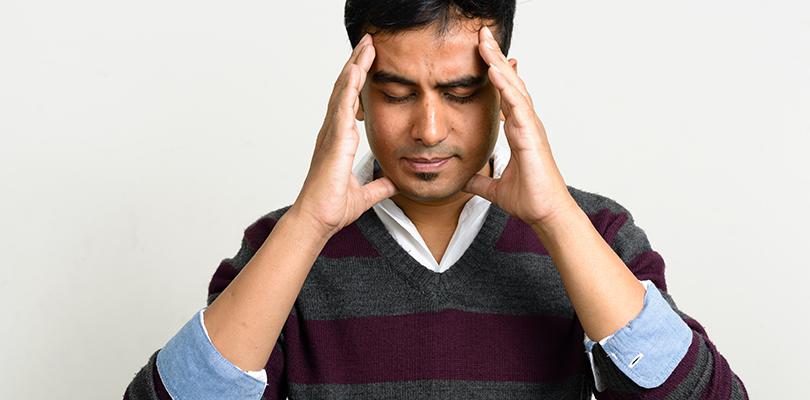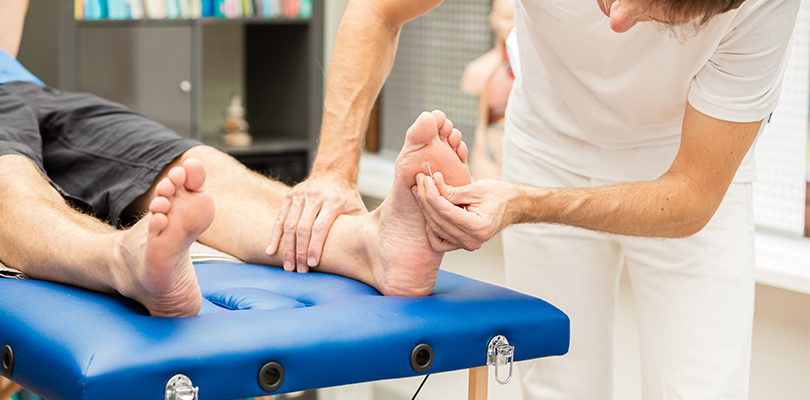Diabetic Seizures
Seizures happen due to abnormal activity in the brain. They are usually associated with epilepsy, but did you know that diabetes can cause seizures too?
In this article we take a look at what causes diabetic seizures, what to do if you or someone you know is having one, and how to prevent this serious condition before it happens.
What Is a Diabetic Seizure?
Diabetic seizures can happen as a result of extremely low blood glucose (sugar) levels. A blood glucose reading below 70 mg/dL is classed as low and can result in a condition known as hypoglycemia. If blood glucose levels fall below 30 mg/dL, a diabetic seizure may occur.
Diabetic seizures happen because the brain needs glucose to function. If it does not get enough, it begins to send abnormal signals which can result in unusual movements or behavior. This could include uncontrolled, jerky movements, unconsciousness or staring blankly into space.
Diabetic seizures can also be a result of too much glucose in the blood (hyperglycemia), although this is much more unusual. They can affect anybody with diabetes, although they are more common in people who need to use insulin.
What Causes a Diabetic Seizure?
Diabetic seizures happen when glucose levels in the blood become too low. This can happen for a number of reasons:
- Using too much insulin or diabetes medication
- Using insulin or diabetes medication at the wrong time
- Not eating enough or delaying or skipping meals
- Exercising more than usual
- Drinking alcohol
How to Prevent Diabetic Seizures
When it comes to diabetic seizures, prevention is better than treatment. You can keep your blood sugar stable and prevent seizures by doing the following:
- Do not skip or delay meals or snacks
- Carry a sugary snack with you at all times
- Adjust your food intake appropriately if you exercise more than normal
- Take your medication as directed and at the right time
- Monitor you blood glucose levels regularly and record them for your physician
- Keep a record of your activities and what you have eaten along with your glucose readings
- Do not drink alcohol on an empty stomach
- Wear a diabetic I.D. bracelet or similar identifier
- See your physician if your blood glucose is frequently too low
If you have a diabetic seizure for the first time, or if your seizure lasts for more than five minutes, seek medical attention as soon as possible.
Signs of an Oncoming Diabetic Seizure
A diabetic seizure happens when blood glucose levels become too low. Before it reaches a critical point, you should get some early warning signs of hypoglycemia including:
- Hunger
- Feeling shaky or trembling
- Weakness
- Dizziness
- Sweating
- Irritability
- Anxiety
- Confusion
- Slurred speech
- Blurred vision
- Headache
- Palpitations
- Tingling lips
- Pale skin
Although most people are able to recognize these signs and act to stop their hypoglycemia from developing into a seizure, some people experience diabetic seizures at night while they sleep. Signs that you have had a diabetic seizure during the night include:
- Wet sheets due to sweating
- Nightmares
- Feeling irritable, confused or tired upon waking
- Waking up with a headache
In order to receive a diagnosis of diabetes, common diabetes tests include blood tests, eye tests, neuropathy tests and more.
What to Do Before and During a Diabetic Seizure
If you or somebody you know becomes hypoglycemic, it is important to act quickly to prevent a seizure from happening. You can quickly increase blood glucose levels and prevent diabetic seizures by eating a sugary snack. However, it is important to check that the hypoglycemic person is able to swallow first to ensure they do not choke.
Some of the best snacks to quickly raise blood glucose levels and prevent seizures include:
- A small handful of hard candy (avoid chocolate as it contains fats, which cause it to be absorbed by the body more slowly)
- A small glass of fruit juice or soda (not diet soda)
- A 15 ml spoonful of sugar, honey or jelly
- Four or five glucose tablets
- A dose of glucose gel
After administering one of the above snacks, wait for 10 to 15 minutes and check the person’s blood sugar. If it has returned to normal and they feel fine, they can eat their next meal if it is due. If it's not a mealtime, they should have a carbohydrate-containing snack. If their blood glucose is still low, they should have another sugary drink or snack and check again after another 10 to 15 minutes.
If the person’s blood glucose is already too low and they begin to have a seizure, you can help them by taking the following steps:
- Guide them to a safe place and stay with them
- Lie them on their side on a soft surface
- Cushion their head to prevent them from banging it
- Do not put anything in their mouth
- Do not hold down or try to move somebody having a seizure
- Do not give food or drink to somebody having a seizure as they could choke
- Time the seizure. If it lasts more than five minutes, call an ambulance
Treatment for Diabetic Seizures
Diabetic seizures can be treated with a drug called glucagon. This is a hormone that releases glucose from cells and into the bloodstream. It is given as an injection, and anybody who is prone to hypoglycemia or diabetic seizures should carry a glucagon kit with them at all times. They should check their kit regularly to ensure it does not expire.
If you need to give somebody glucagon, you need to act quickly. However, it is important to closely follow the instructions in the kit. If you have a friend or relative who is diabetic, familiarize yourself with these instructions so you will know what to do in an emergency. Turn the person onto their side so they do not choke, inject the glucagon and call an ambulance.
Once the person is conscious and feeling better, give them a sugary snack or drink. This should be followed by a carbohydrate-containing snack or meal.
Diabetic Seizure Aftereffects
When somebody has a diabetic seizure, the aftereffects could last for as long as day or two. These aftereffects could include:
- Headache
- Aching body
- Confusion or difficulty concentrating
- Feeling generally unwell
If somebody has a very severe or prolonged seizure, the aftereffects could include brain damage, coma or even death.
